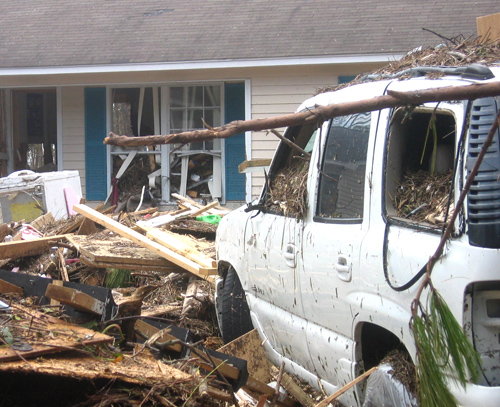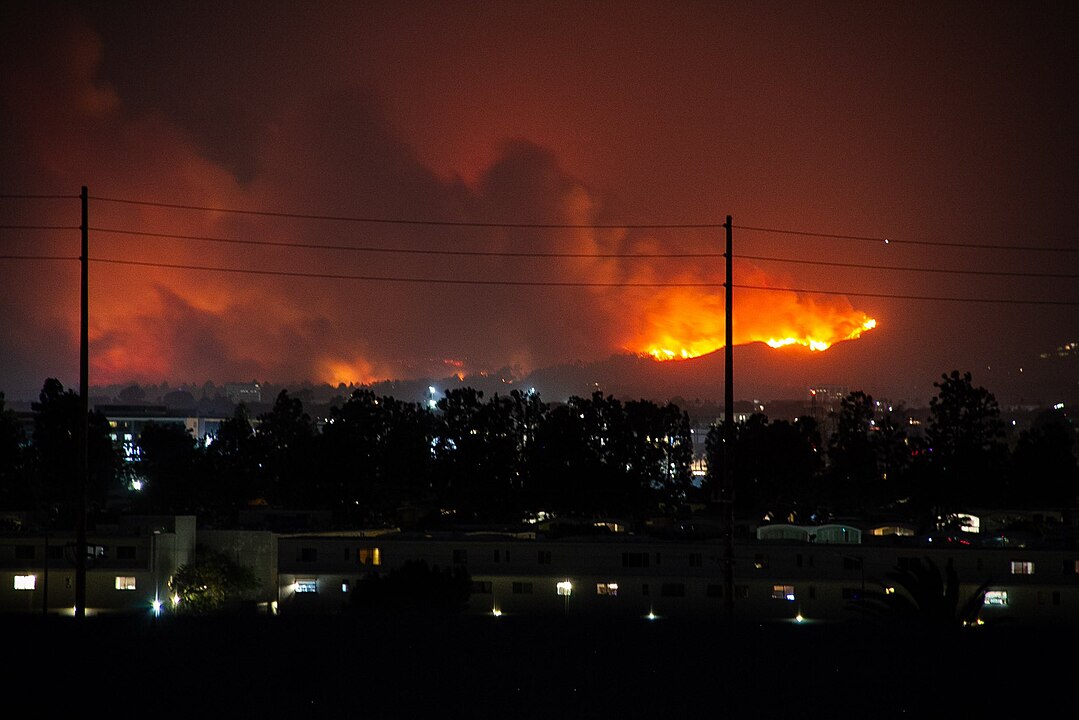Remnants of three September hurricanes that ravaged Florida brought areas in Georgia up to 8 inches of rain and 58 mile-per-hour winds, according to data collected by the University of Georgia.
The UGA Automated Environmental Monitoring Network is a network of 60 weather stations across the state. The stations monitor daily rainfall and wind speeds and much more.
Each station monitors air and soil temperature, relative humidity, solar radiation, air pressure and wind direction. The information is updated at least hourly and posted to the network's Web site (www.Georgiaweather.net).
Over a half a foot of rain
According to AEMN data, Frances brought the most rain to south Georgia towns. The most rain from Frances fell on Tifton, where the system recorded 6.8 inches. The storm brought 6.4 inches to McRae, 6.2 to Nahunta, 5.8 to Vidalia and 5.2 to Camilla and Albany.
The AEMN stations show that Ivan's greatest rainfall concentrations fell on central and north Georgia. Ellijay got the most rain (7.8 inches), while Alpharetta had 5.7 inches, Dunwoody 5.5 and Georgetown 5.1. Atlanta had 4.1 inches from Ivan, and metro-area cities like Griffin (4.4) and Duluth (4.3) got a bit more.
Jeanne brought 8.2 inches of rainfall to the south Georgia town of Homerville. Alapaha recorded 6.4 inches, Tifton 6.0 and Jeffersonville recorded 5.7 inches. In central Georgia, Eatonton had 5.6. Atlanta had 4.3.
UGA professor Gerrit Hoogenboom said the AEMN weather stations use a much more sophisticated collecting system than backyard rain gauges.
"Each weather site has a rain collecting cup that collects one-hundredth of an inch of rain and then tips to empty," Hoogenboom said. "The computer system records each tip to determine how much rain fell on a given day at each site."
Winds up to 58 mph
The tropical weather systems Georgians endured also brought high winds.
Frances brought the strongest. AEMN-recorded wind speeds were 58.3 mph in Cairo, 54.7 in Attapulgus, 49.3 in Vidalia and 47.5 in Dixie, Dublin and Tifton.
Ivan's winds appeared strongest in north Georgia, where the system recorded winds at 56.5 mph in Atlanta, 52.9 in Gainesville, 49.3 in Blairsville and 47.5 in Williamson.
The last September storm, Jeanne, brought winds of 54.7 mph to Camilla, 52.9 to Albany, 49.3 to Alapaha and 47.6 to Atlanta. Attapulgus, Fort Valley and Tifton tied with 45.8 mph winds.
Tropical weather systems are defined in part by the wind speeds they produce, said State Climatologist David Stooksbury.
"A tropical storm is one that has maximum sustained surface wind speeds between 39 and 73 mph. And a hurricane's maximum sustained winds are 74 mph or more," he said. "A tropical depression has maximum sustained surface wind speeds of 38 mph or less."
Floods often the result
Stooksbury says the damage a storm can cause is more important than what it's technically called.
"Alberto, in 1994, wasn't a hurricane, but it totally flooded the Flint River Basin and caused a tremendous amount of damage," Stooksbury said. "The take-home message in Georgia is the flooding these storms can cause."
The UGA weather network was developed in 1991. It's the brainchild of Hoogenboom, a faculty member with the UGA College of Agricultural and Environmental Sciences.
Hoogenboom's original goal was to have one station at each of UGA's nine agricultural experiment stations. Thirteen years and 60 weather stations later, Hoogenboom now hopes to eventually have a station in every county.
"The first weather stations were installed for UGA scientists to use for their research," Hoogenboom said. "Now, every day we're hearing of new, unique ways people are using the real-time weather data we collect, from helping predict propane demand to helping farmers know the right time to apply chemical controls."







